The Wildlife Health Event Reporter – A Surveillance and Communication Tool

Wildlife can be effective sentinels that alert us to potential health hazards and environmental concerns, but information about sick/injured/dead wildlife need to be reported and shared in a timely manner for professionals to evaluate and determine if response is warranted. The Wildlife Health Event Reporter (WHER), www.wher.org, developed by the Wildlife Data Integration Network (WDIN) and maintained by University of Wisconsin-Madison, School of Veterinary Medicine, not only provides a destination for observations of sick/injured/dead wild animals, but also functions as an alerting system, quickly distributing these reports to those who are signed up to receive them. Since 2010, the system has been collecting reports from the public, citizen groups, wildlife rehabilitators and other wildlife professional organizations and is building a long-term dataset of wildlife morbidity and mortality event data.
Get Alerts! Stay Informed about Emerging Events
Did you hear about the multiple seabird mortality events that were reported along the US’ East coastline beginning in January 2013? An unusual number of dead/injured dovekies, razorbills and grebes have been reported along the US’ Northeast coast; while puffins and loons are being reported along the East coast from Florida to Maine. If you were subscribed to alerts through the Wildlife Health Event Reporter (WHER), you would know about these occurrences as well as future unfolding events.

Alerts can be delivered daily by email (when reports are available) or in near-real time as an RSS feed. In addition, you can choose what geographic locations (by state or equivalent administrative unit) you want alerts from (e.g. Wisconsin, United States; Alberta, Canada; or Hunan Province, China). Or if you’re interested, you can select to receive all the reports made to WHER from around the globe.
Alerts include summary information about the wildlife health event, including the location, species involved, how many of each species were observed to be dead, sick and alive, and what actions were taken. To learn more and to sign up for alerts, visit: http://feeds.wher.org
Wildlife Health Observation Network for Data Exchange
Due to the health consequences of emerging diseases in wildlife and their potential effects on human and domestic animal populations, the collection of wildlife health data is increasing not only through professional monitoring efforts but also through citizen science projects. Despite this increase, the data often is not standardized nor formatted for distribution (e.g. as XML web services or RSS feeds) and therefore cannot be easily integrated or shared effectively across political or academic boundaries for practical surveillance applications or scholarly research.
In addition to functioning as a data collection application and alerting system for wildlife health events, WHER is also an open data exchange hub capable of importing, exporting and integrating basic but essential data fields from more complex datasets for epidemiologic study.

The WHER team works with organizations who are interested in sharing their surveillance data with WHER to help them automate the delivery process that will integrate pertinent data with WHER’s dataset. Currently WHER is integrating data from multiple sources. In addition to the public sharing their wildlife health observations through WHER, the Seabird Ecological Assessment Network (SEANET), a citizen science effort that tasks trained volunteers to record seabird deaths and injuries along the Atlantic coastline, pushes their reports to WHER through an automated feed. HealthMap is also providing a feed of its wildlife health reports made through its mobile application, Outbreaks Near Me. In the near future, through a southeastern pilot study, US Fish and Wildlife Service field staff and other conservation partners will be submitting their wildlife health observations to WHER.
As a hub, WHER can exchange and integrate wildlife health data either within the WHER system (e.g. view joined data on maps or tables) or in a user’s local system (e.g. WHER data can be streamed or downloaded for analysis in outside systems) to evaluate for trends or investigate potential disease hot spots.
We Work Better When We Work Together
The ecology of wildlife disease is complex and poses many challenges to effective disease management, which can be best overcome through collaboration that leverages resources, reduces duplication of efforts and broadens access to information about disease events. WHER can facilitate communication and collaboration about emerging wildlife health events. It was developed to collect and distribute wildlife health data, and complement other organizations’ surveillance systems. Whether you are interested in contributing or obtaining WHER data, you are invited to become a member of the WHER community. Increase your awareness about wildlife disease and health events and your ability to work with others to address the challenges of wildlife disease!
Want to Learn More about WHER?
Your are invited to check out this online wildlife health surveillance and communication tool at www.wher.org and explore its capabilities to inform you about where wildlife disease incidences are occurring on the ground through maps, tables, downloadable data and alerts. Email comments and questions to us at wher@wdin.org
WHER Resources
● Use case of how WHER is being used for tracking and communicating unusual bird mortalities as described above, http://seanetters.wordpress.com/tag/reporting-dead-birds/
● How to get report alerts from WHER – http://feeds.wher.org
● Handout [benefits and proposed enhancements] – http://www.wdin.org/documents/wher/wher%20handout_biologists.pdf
● Two- minute overview video – http://www.whmn.org/wher/pages/about#video

Leave a Reply
You must be logged in to post a comment.